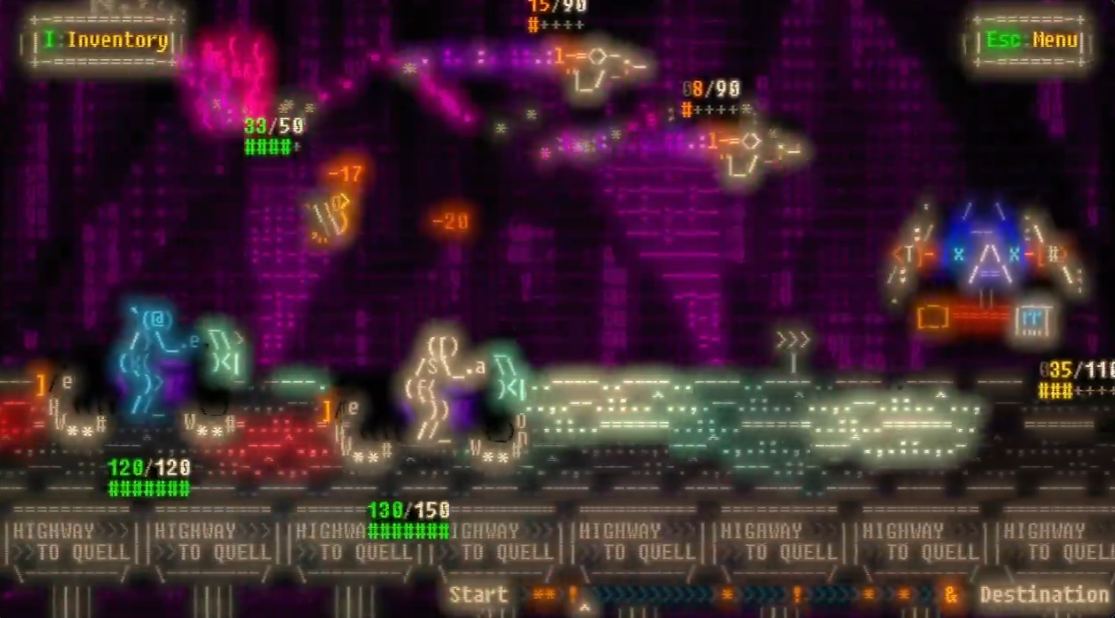Jeff Gothelf on Lean UX
User experience designer Jeff Gothelf talks about lean UX processes, designing by committee and breaking down discipline silos within companies
This article first appeared in issue 240 of .net magazine – the world's best-selling magazine for web designers and developers.
.net: Who are you and what do you do?
JG: I’m a user experience designer. I cut my teeth in the first dotcom boom at a series of consulting companies working as a frontend developer, graphic designer and an information architect. I spent the next 10 years working for large companies like AOL (on the flagship client and AOL Explorer browser), and smaller ones such as WebTrends (leading UX teams). I continued on, through a brief stint at an interactive agency, to build the user experience and design practice at TheLadders.com in New York City. Most recently I’ve been at the forefront of the thinking around how design practices should evolve to meet current realities. These days I lead a design and engineering consulting practice in our NYC office selling work as well as delivering it. I also do a significant amount of public speaking and teaching of these new design practices.
.net: What’s wrong with traditional design methodologies?
JG: Traditional software design methodologies are based on the needs of print design and shrink-wrapped software. Everything had to be right up front. The next chance you had to get it right was the next time you put out a new product. This is no longer the case. Software delivery is continuous now. We download apps from the web or we simply go to web-based applications and sites that are updated without our knowledge. Updates and upgrades are pushed to us constantly. The need to get the design perfect up front (and, in turn, delay the launch of the product) is gone. The economics of software delivery have made delivery so cheap that the risk of launching a new product has been pushed all the way to the beginning of the product conception process, forcing companies to ask themselves: “Are we building the right thing?”
We can start answering this question with a minimal amount of design, learn from those initial versions and continuously improve the product and user experience. In turn, user experience design is far more strategic in the success of our products.
.net: What’s the best way to prototype?
JG: The tool to use for prototyping depends on the state of the product/feature you’re working on. If it’s an early concept, I prefer pen and paper combined with some level of technology to link the sketches together (for example, taking photos on your iPhone and scrolling through them to represent clicking). As the team gets more insight into what’s working, the fidelity of the prototypes increases using tools such as Axure and Balsamiq and finally moving into real code. The philosophy of Lean UX is to use the right tool at the right time to the right extent. Anything more is waste.
.net: What should a Lean UX process look like?
JG: Lean UX starts off by forming a cross-functional team – designers, engineers, product managers, QA engineers, marketers etc – who declare assumptions about the current project (e.g. who are we building for, how will we make money?), which end up as product design decisions. Through brainstorming sessions, the team decides on the smallest thing they can make to test these assumptions. This is their Minimum Viable Product (MVP). The goal is to get the MVP in front of customers and stakeholders as soon as possible. The sooner the team can learn which parts of their product their customers need and can use, the sooner they can stop working on the portions they don’t. This reduces a tremendous amount of waste since the team is only working on features that have value in the market. Because of this close collaboration, the team builds up a wealth of shared knowledge. This is the currency of Lean UX.
.net: By showing design work early, do you run the risk of just designing by committee?
JG: A designer working on a lean team collects feedback from multiple sources including the customer. They decide how to use that input and evolve the design. Using the success metric (the outcome) as the arbiter of what ‘works’ helps turn a subjective conversation to an objective one.
.net: If you had one wish, what would it be?
JG: For the breaking down of discipline silos inside companies that keep us from doing good work. Organisations that have recognised this have thrived. This is our new reality.
Pro tips! Discover 20 steps to the perfect website layout at Creative Bloq.
Daily design news, reviews, how-tos and more, as picked by the editors.

The Creative Bloq team is made up of a group of art and design enthusiasts, and has changed and evolved since Creative Bloq began back in 2012. The current website team consists of eight full-time members of staff: Editor Georgia Coggan, Deputy Editor Rosie Hilder, Ecommerce Editor Beren Neale, Senior News Editor Daniel Piper, Editor, Digital Art and 3D Ian Dean, Tech Reviews Editor Erlingur Einarsson, Ecommerce Writer Beth Nicholls and Staff Writer Natalie Fear, as well as a roster of freelancers from around the world. The ImagineFX magazine team also pitch in, ensuring that content from leading digital art publication ImagineFX is represented on Creative Bloq.
